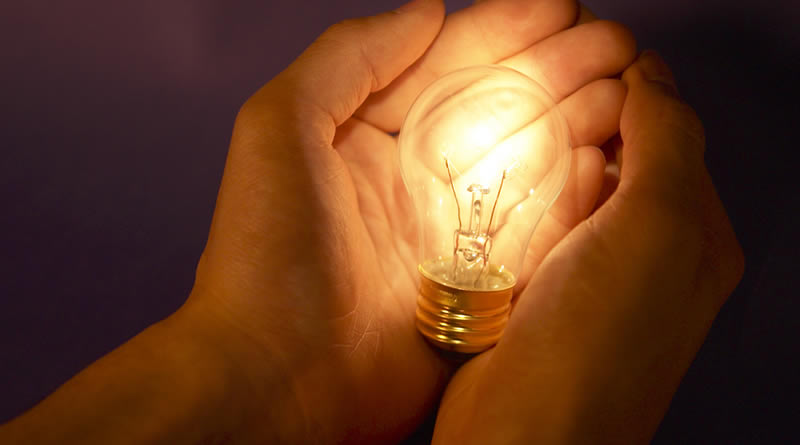The Impact of Lighting on Health: Shedding Light on the Connection
Lighting is an integral part of our daily lives, influencing not only the aesthetics of our surroundings but also our well-being and overall health. The quality and characteristics of light have a significant impact on various physiological and psychological processes within our bodies. In this article, we delve into the fascinating realm of how lighting affects our health. Join us as we explore the intricate relationship between light and well-being, shedding light on its profound influence.
The Circadian Rhythm and Light
Our bodies are intricately attuned to the natural cycle of light and darkness, known as the circadian rhythm. This internal clock regulates our sleep-wake cycle, hormone production, and numerous biological processes. Exposure to natural light during the day helps to synchronize our circadian rhythm, promoting alertness and vitality. Conversely, inadequate or disrupted light exposure, especially in the evening or at night, can disrupt our sleep patterns and have adverse effects on our health.
The Role of Color Temperature
Color temperature, measured in Kelvin (K), refers to the perceived “warmth” or “coolness” of light. Light sources with higher color temperatures, such as daylight or cool white light, tend to have a more stimulating effect, promoting focus and productivity. On the other hand, light sources with lower color temperatures, such as warm white or amber light, create a relaxing and cozy ambiance, ideal for unwinding and promoting restful sleep. By choosing the appropriate color temperature for different settings and times of the day, we can optimize our experience and well-being.
The Influence of Blue Light
Blue light, a component of natural sunlight and many artificial light sources, has garnered significant attention due to its potential impact on our health. Blue light plays a crucial role in regulating our circadian rhythm, as it helps suppress melatonin, the hormone that induces sleep. However, excessive exposure to blue light, particularly in the evening or from electronic devices, can disrupt our sleep patterns and contribute to sleep disorders. It is essential to strike a balance by limiting blue light exposure before bedtime and considering technologies or filters that reduce its emission.
Lighting and Mood
Lighting has the power to influence our mood and emotional well-being. Bright and cool light can evoke a sense of energy and positivity, making it suitable for work or areas where concentration is required. In contrast, soft and warm light creates a cozy and relaxed atmosphere, promoting feelings of comfort and tranquility. By adjusting the lighting environment to match our activities and desired ambiance, we can enhance our emotional state and create spaces that uplift our spirits.
Lighting and Eye Health
Proper lighting design and ergonomics are vital for maintaining good eye health. Insufficient lighting or glare can strain our eyes and lead to discomfort, fatigue, and even headaches. Optimal lighting levels, along with proper task lighting and diffusing techniques, can minimize eye strain and create a visually comfortable environment. It is advisable to consult lighting professionals or optometrists to ensure adequate lighting conditions and minimize any potential risks.
Conclusion
Lighting goes beyond mere illumination; it has a profound impact on our health and well-being. By understanding the interplay between light and our physiological and psychological processes, we can harness the power of lighting to enhance our lives. Whether it’s optimizing natural light exposure, choosing the right color temperature, or creating a mood-enhancing ambiance, lighting plays a pivotal role in promoting a healthy and vibrant lifestyle. Let us embrace the potential of lighting and create environments that nurture our well-being and vitality.
Remember, the light is not just for seeing, but also for feeling!




